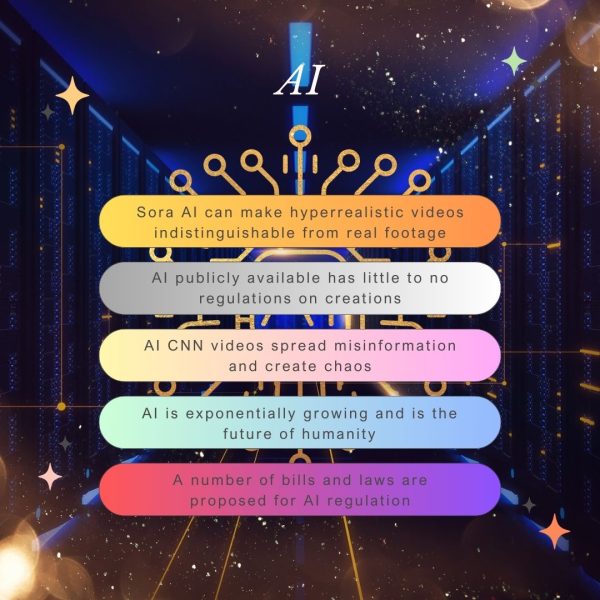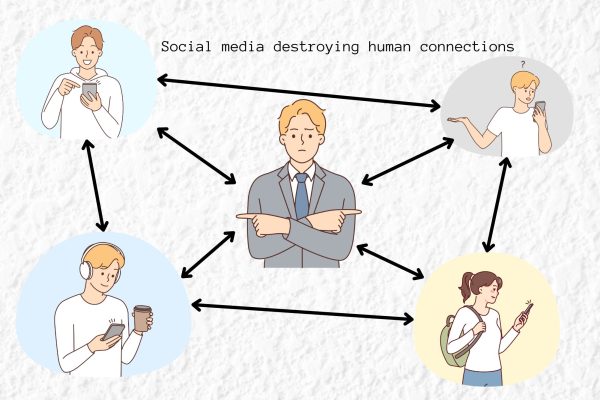Modern Mythologies: The Culture of Cryptids
Broken head of an Ancient Greek statue.
January 19, 2022
*The opinions expressed within the content are solely the author’s and do not reflect the opinions and beliefs of the website or its affiliates.*
Humans have created myths as explanations for rituals, observations, and unknown phenomena throughout our existence. We use them to understand occurrences or express experiences, especially those that seem to falsify science. Commonly, myths are associated with rarities in nature, like unusual footprints or strange weather. Such observations have paved the way for the emergence of cryptids.
As defined by Merriam-Webster, a cryptid is “an animal that has been claimed to exist but never proven to exist.” Examples include the Yeti, Bigfoot, and the Loch Ness Monster. Cryptids are often grouped with silly childhood fears, absurd conspiracy theories, and creepy hallucinations. Yet, they manage to appear in nearly every human culture, regardless of location or history. To every new place humans travel, we are faced with new uncertainties that take the form of mysterious cryptids. We use cryptids as a physical manifestation of our fears and curiosities. Despite the widespread belief that cryptids and their legends are only relics of the past, they are still an essential part of how humans process and interact with our environments.
Cryptids are often a reflection of the beliefs, wants, or fears present at the time of their “discovery,” regardless of the culture of origin. For example, many cultures throughout history have crafted creatures resembling large, feral humans, yet each one seems to have arisen separately. Benjamin Radford, the deputy editor of Skeptical Inquirer magazine, explains this fascination in an article from LiveScience as a desire for an “other.” The idea that humans may have been co-existing this whole time with another human-like species is a tantalizing possibility. Our beliefs in such creatures express our curiosities about nature and interest in the prospect of other highly intelligent life. Thus, the existence of cryptids in myth helps to convey our marvel about the unknown.
Cryptids may also help us interact more safely with our environments, considering that myths and stories often allow the brain to remember information better. Cryptid legends are often recalled well into adulthood by encompassing themes of bewilderment and fear. In this way, tales of cryptids, such as Bigfoot, may remind campers to be alert on their expeditions or keep children out of danger. Even if one does not believe in cryptids, such narratives stress a clear moral of caution and the existence of cryptid stories alone can help humans co-exist better with nature.
Some may argue that though they are abundant in culture, cryptids rarely influence modern human activities, especially with the advancement of precise science. However, cryptids play a significant role in science and often drive new exploration and discovery of Earth’s flora and fauna. The term cryptid not only applies to the classic unicorn, but also to other, perhaps more believable, animal species. For example, the deep sea is a source of profound mystery for humans, home to countless creatures we have yet to discover. This is also true for ecosystems on land, like the Amazon Rainforest, or even space exploration and extraterrestrial life. We have only been able to speculate these animals’ unique characteristics and behaviors for those new species that we have seen a glimpse of. These creatures are cryptids of the modern age and the possibility of their existence drives parts of scientific discovery.
Not only have cryptids mystified humankind since their creation, but they have evolved alongside us. They have changed to mirror our present culture and driven us to travel the extent of the living world. Cryptids, whether the legends of myth or references to yet to be discovered species, continue to be a key component of human development and scientific advancement.














